Enjoy.
Introductory Blog post #1 – 08.28.17
The Intro
In my blog posts, I will be focusing on photography and film. Photography and film is the topic I can most relate with. I am passionate for cinematography, movie-making, cameras, and photography. I consider myself an aspiring cinematographer and photography enthusiast. I own a DSLR camera and I produce many films and take hundreds to thousands of pictures, and edit those pictures on a weekly to daily basis. I am still learning more things about film and photography. There is still a whole world of information and things to learn about cameras, and one think I would like to cover in my blogs are photography and film techniques and their motives. Questions like, why was this image captured, were there any intentions, and what do people feel and think about when viewing it? I would like to find out how each person uses cameras to their own benefit, etc. I want to let people see how I view the world by looking through my “lens”. Cameras are used to create images and images are used to share a message and that’s what I’m looking forward to discussing is these posts, and just photography and film in general.
Blog post #2 – 08.29.17
More introductory thoughts
Today I did extensive research, as I always do, on photography hotspots. This time I found myself researching the city of Boise and areas all over Treasure Valley and the South-West region of Idaho. This differs greatly from my usual suspect, the Bay Area. This will definitely be much more difficult and frustrating to find photo spots, and then some. Unfortunately, I can only think about how I didn’t quite grasp all the opportunity and take full advantage of everything around me back home. Home, by the way, is San Jose. Due to my current geographical placement, which isn’t too terrible (*nervously laughs), I will try to discover and explore as many places as I can, while still capturing different perspectives and that of many different things. I will have the chance to capture simple common sites, so I will need to create a different perspective of those things for the pictures so there if a bit more thought and reason behind it. This could also prove beneficial, as challenges like these help to me to grow as the "man behind the camera", or the enthusiastic and aspiring photographer cinematographer. In correlation, I plan to attach pictures to these blogs in relation to either my train of thought or if I'd recently taken pictures (that same day or week). In addition, I think I will provide details and maybe a short description and include things like: what is the picture of, where it was taken, when it was taken, and the camera settings (in case you ever wanted to know).
Just a side thought: is there a maximum-word limit to these? (*laughs internally) I was just thinking because if I’m in the writing mood or I have nothing else I need to be focusing on at the time of writing (like now), I could serious write for hours and go well over the 200-word requirement.
Canon 70D
EF-S 18-135mm f/3.5-5.6 IS STM
ISO 250 50mm f/5 1/2500 sec
This was taken at the top of Telegraph Hill in San Francisco.
#3 – Smoke in My Eyes – 09.06.17
The beginning
Wow! Has it really been a week since my last blog post?! That’s insane. Time is going by so fast. I know I’m only a freshman but I feel like in the blink of an eye, I will be done with college, just like that. That’s why I need to take advantage of every single opportunity that comes my way. Additionally, I shouldn’t be waiting of opportunity, but rather searching for it. Over the weekend there was a hot air balloon event going on and unfortunately, I did not take pictures of it. I not only failed to take pictures, but I didn’t even see them at all! I really beat myself up on that one. I need to “open my eyes” and start making things happen. In the days after the hot air balloon event, I began really focusing on what needed to get done. That is, what can I make movies of, where and what can I take pictures of, and how soon can I do it. I wrote up a list of photography challenges that I will use to motivate me to continue exploring photography. In addition, I’ve began to start another movie edit on Adobe Premiere Pro (an advanced video editing software). After writing this and after finishing all my classes, I’m planning to visit downtown to start working on some projects. I’m starting to realize that I’m wording this as if I’ve done nothing while in Boise so far, but as a discloser, I’ve actually rode along the Greenbelt several times, each time finding new things to take pictures of. I have gone to a handful of bridges, visited a number of parks, lakes, and seen a lot more of the city. The other day I ended up going 8 miles down the greenbelt from the campus. I got some cool pictures and I was able to capture the red sun behind the smoke as it was setting in the later afternoon.
Canon 70D
EF-S 18-135mm f/3.5-5.6 IS STM
ISO 100 18mm f/22 15.0 sec
“Bridge Fire”
This cool bridge is near my house back in San Jose. The bridge was built as a shortcut so that the high-school students and neighborhoods located on the opposite side of the freeway could reach the school. And the streams of fire are indeed sparklers.
#4 – A Brief History – 09.11.17
Before the camera was created, people understood two principles of how things worked: one of which is Camera Obscura, an instrument used for processing pictures, and secondly, the understanding that some substances can be changed due to the exposure of light. These are two separate things that were eventually brought together to create the camera. At the time, people already knew how to project pictures, they just never knew how to preserve and “save” light. This I believe, is the primary motive for the invention of the camera. Saving light is an interesting topic as I think it’s truly surreal. I can only imagine how people reacted to seeing a picture being taken and processed for the first time. And the same goes for video cameras. I find it amazing how people have been able to create these devices that can record what is happening in real time which can be saved to have it watched and experienced again later. Like, I still don’t fully understand how a camera is able to capture light and create a colored and detailed image. This is why I believe cameras should be valued by everyone who owns one (basically everyone nowadays because of the modern-day cell phone) because of its ability to save light. The camera is the most powerful “voice” in the world because of its ability to capture and share moments in time, past and present.
Canon 70D
EF-S 18-135mm f/3.5-5.6 IS STM
ISO 100 18mm f/8 13.0 sec
I managed to get a cool shot of a lightning bolt parting ways the other day here in Boise. I went atop the Lincoln Parking Garage to get this view.
#5 – Thoughts, memories, but mostly thoughts – 09.17.17
Winter is approaching, and I don’t think I’m prepared for what’s coming. I’ve never lived in a place where it snows. I’m from San Jose so the only time I would ever see snow up close is if I drove 5 hours out to the mountains. I haven’t gotten used to this weird Idaho weather anyway. What is up with all these random rain showers and lightning storms? Just the other day, the temperature at night was in the mid-70s, then the next night it sank to low-50s. Speaking of this snow, I think it’ll be awesome especially for picture opportunities. It will bring me new challenges and allow me to do new types of photography. I am excited! In addition to this, my roommate just got a new car; an older car. I’m planning on and hope to use it as a subject for a lot of the pictures I will be taking and use it in some movies I’ll make too. I’d like to incorporate the car in videos much like how this one car was used in Pouya’s Energy music video. You can check out the video at this link (goo.gl/d9CeT8). Although I have some ideas for movies and whatnot, I am in seriously need of some actors and people that like movie-making and photography. If you’re reading this and you know of anyone who does, please please please contact me with them! This was always a problem for me, even back home. The only person I used in my pictures was my buddy Sevor. He was also one of the only people I knew that was also interested in film and photography so that’s why I used him a lot. He’s black too and I find pictures to be, for lack of better word, deeper when a black person is the subject. Actually, most of my friends back home are black. And after doing research, I came to the sad realization that Idaho is 90% white.
Canon 70D
EF-S 18-135mm f/3.5-5.6 IS STM
ISO 100 18mm f/5.6 30.0 sec
#6 – What does it mean? – 09.19.17
I will go into detail the meaning of the camera information I put above my pictures:
I use a DSLR camera, the Canon 70D. A DSLR, or Digital SLR is a digital single-lens reflex camera. With the single-lens reflex mechanism, the user is able to see exactly what the lens sees. By using the view-finder you can precisely compose your image and adjust the focus. to send the image to either the viewfinder or the image sensor. The traditional alternative would be to have a viewfinder with its own lens, hence the term "single lens" for this design. By using only one lens, looking through the viewfinder ensures a fairly accurate image of what is captured by the camera's sensor. A DSLR presents a direct optical view in the view-finder through the lens, rather than being captured by the camera's image sensor and displayed on a digital screen.
These numbers and letters represent the lens’ capability and functionality, the specifications:
EF-S 18-135mm f/3.5-5.6 IS STM
EF is "Electronic Focus," meaning there is an autofocus motor in the actual lens itself.
S means "Small-format only," meaning that this lens is only compatible with Canon’s small-format digital cameras.
Focal length is expressed in mm. It is essentially the zoom functionality. In this case it is 18-135mm. This range represents that particular lens’ minimum and maximum zoom capability. The higher the number, the more zoom there is, and wise-versa. The human eye is said to see of about the equivalent of 30-50mm on a full frame. A number lower, about <50 mm, will take a wider shot which cannot be seen naturally by the eyes.
Aperture, also referred to as the “f-stop” and usually seen as, for example, f/5.6, on a camera. It refers to the maximum amount of light in which that lens can gather. Aperture changes the size of the opening in the lens when a picture is taken, thus allowing more or less light to be captured. Slightly confusingly, larger numbers (e.g. f/22) mean less light, a smaller opening. Consequentially, smaller numbers (e.g. f/3.5) are capable of gathering more light.
Lower f-stops (e.g. f/5.6) produce a shallow depth of field. This means things that aren’t in focus become more blurred, or out of focus more. Depth of field is also being referred to as “field of view”.
IS stands for “Image Stabilization”, meaning you can leave the tripod at home.
The STM is Canon's Stepper Motor technology. This motor design makes for a quieter and smoother focus system that results in near silence when focusing during a video.
#7 – What does it mean? continued – 09.20.17
ISO
The lower the number the less sensitive your camera is to light and the finer the grain. This grain is called “noise” and can cause a picture to appear less defined. A higher ISO setting are generally used in darker settings. You can almost think about it as artificial light that the camera is trying to compensate for because of the lack of light
The Shutter Speed, or Exposure, determines whether a picture will end up blurry or focused. The meaning is in the name. This is the time that the shutter is open when taking a picture. It can range from areas such as 30-second-long pictures to 1/2000th second pictures. Having a longer exposure allows for more light to enter the sensor, however, you are more prone to blurry pictures. Faster shutter speeds are used when less light is needed or the subject is in motion.
In case you didn’t understand, in short, the three main controls of a camera are:
ISO – the measure of a camera sensor’s sensitivity to light
Aperture – the size of the opening of the lens when a picture is taken
Exposure (or shutter speed)– the amount of time that the shutter is open
Note, I shoot in Manual Mode, meaning the only function of the camera now is to take the picture, the rest is on me. I have to maintain everything. I am in full control over all the settings of the camera, thus it is sometimes very difficult to find the perfect settings for different situations. The world moves in real time; so, in turn, I have to adapt quickly to new situations which can affect things like the main subject and/or lighting.
It’s honestly a juggling act and at times, it can be extremely difficult to adjust settings in real time. Keep in mind, each setting has an additional effect on one another: changing the aperture changes depth of field as can make your subject stand out more, changing ISO affects the graininess of a shot and can result in a lower-quality image, and changing shutter speed impacts how motion is captured.
#8 – Exploring Boise & Time Lapses – 09.28.17
The other day I decided to go exploring through the city of Boise. Not the actual city city but more in the outskirts of Boise. I came across some pretty cool stuff, as I always seem to do. It’s like I have a sixth sense for finding cool, hidden spots like these. I found two abandoned buildings and I plan to find ways into them the next time I go back. One was an abandoned Rec center. I assume it was because after wiping away the dust off a window, I saw a swimming-pool inside. I also discovered an “abandoned” McDonald’s. It wasn’t as abandoned as most other places would be (i.e. no graffiti, minimal damage to the structure). There was a sign on the door of the entrance which read that it has been closed since early 2015. So, I doubt any remodeling or reconstruction is going to happen anytime soon for that reason. It must be a terrible location or the property owners are terrible.
In other thoughts, I just bought more stuff for my camera. I got a weather-protection cover so I can use the camera in snow and rain. Back in California, weather like this was never an issue. I also got a bluetooth remote control timer. Now I can control the camera remotely. Not only this but it will allow me to take pictures in whatever time intervals I desire, which is otherwise unavailable with the camera by itself. This means I can take time-lapse by taking pictures in specified intervals over a certain period of time. I plan to use it to capture regular time-lapses, star trails throughout the night, and pictures of myself if I am alone in the field. The “field” refers to when I am out taking pictures. Hence, the hashtag used for aspiring photographers trying to get featured on High Snobiety’s Instagram page, #hsinthefield. I am planning to go up to Table Rock soon so I can star gaze and take pictures of the stars and city. I should do it soon while we still have nice weather. Well, till next time.
Canon 70D
EF-S 10-18mm f/4.5-5.6 IS STM
ISO 250 18mm f/5.6 20.0 sec
A view of San Jose and a car’s headlight trail.
#9 – Short Films and Struggles – 09.29.17
To start, I’ve started working on another movie. Not much of a movie but more a short 1-3 minute short film. I did all the filming today and currently in the editing process. So far, I’m mostly working on cutting clips. Whenever I complete a movie I will post the link to it in these blogs. I will put the link of the short stop-motion video I actually made today. I will also provide the link that takes you straight to my YouTube channel.
Thinking of this movie I’m currently working on… I have no idea how I thought of it. Most of my movie ideas are usually out-of-nowhere, random, and plotless. For me, I find it extremely difficult to think of movie ideas. Even simple ones with no actual storyline. I also struggle with creating movies with dialogue. Since my Final Project in my Digital Video Production 2 class during sophomore year, I don’t think I’ve incorporated any dialogue in movies after that one. Furthermore, it’s especially hard to make a short film with an actual storyline. I am in desperate need of practical, realistic short film ideas without a budget. Too many times do I hear ideas that are great but turn out to be useless because of the lack of resources I have (i.e. actors, props, locations, equipment, skill-level).
Stop-motion video (literally sub-10 seconds long): goo.gl/4yPPdj
YouTube channel: goo.gl/Txqj6R
Canon 70D
EF-S 18-135mm f/3.5-5.6 IS STM
ISO 1000 135mm f/5.6 1/800 sec
“Hanging Purple Flowers”
#10 – Las Vegas – 10.02.17
I know my topic is about photography but I’d like to take a moment to talk about the incident that happened in Las Vegas. For those who aren’t aware, in Las Vegas last night around 10pm PST, a mass shooting occurred, killing 58 and injuring an additional 500+ people. This is the largest deadliest shooting in U.S. history. I am currently watching NBC Today News in the BRC and it’s stunning. Last night, I saw posts saying, “Pray for Las Vegas” and now I know what it’s for. This is just a terrible event in our nation’s history, a truly shocking one. I am feeling anger and sadness. My question is how this guy could’ve gotten the firearms into the hotel. Since this is a famous hotel I would think there would be some additional security checks involved so this is shocking. I don’t really know what else to say. All I feel is sadness. All I’m doing is imagining myself there during the shooting and just thinking about the terror and shock I would be in also due to the surrealism. Well said by our President, it was truly an “act of pure evil”. I pray for those injuring and their families and the families of those who've lost loved ones.
#11 – Thousands of Pictures – 10.04.17
I have soooo many pictures that are just lying around on my computer that haven’t been edited or shared. I have thousands and hundreds of video clips that are cool that I would want to edit into something, but haven’t. I want people (possible employers) to see these and I don’t want them all go to waste by just sitting on my computer. I’m strongly considering creating an account somewhere, possibly Flickr, to where I can add hundreds of photos that are public to anyone. I’m also considering just adding a section to my website. In these I will include hundreds of quality, unedited pictures that I just want to share and maybe show off more of my potential. That will include dozens and dozens of probably unedited pictures. I wouldn’t have the time to edit them all individually. Plus, I recently changed the settings on my camera so pictures will appear better with things like more contrast, sharpness, and color coming straight off the camera, eliminating the need for editing which I would usually use for essentially bringing the life back into the image. I’ve always taken flat images, meaning the color of the picture is faded and all its detail is minimized. This allows me to have more freedom in the editing process. But, it also means I have to limit the pictures I can share… with confidence. Similarity, I think I will do the same but with videos (i.e. individual clips and short videos of similar clips), but I would have to be more selective as people wouldn’t take the time to watch all them. Only the best gets through.
Canon 70D
EF-S 18-135mm f/3.5-5.6 IS STM
ISO 1000 135mm f/5.6 1/250 sec
“Green Giant and Red Octobers”
#12 – Junior Year (deep talk) – 10.09.17
Be advised: This is not about my main topic.
This is the story of how I went to the top from being at the lowest.
I went to a school called Bellarmine College Preparatory, a private, all-guy, Jesuit, California school. I messed up junior year. I was in deep depression, suffered severe anxiety, and had Mono (I have been diagnosed so I’m not over-exaggerating). My grades suffered as a result. Now, I have always had good grades (i.e. 3.4 average). To put into perspective, I ended my first semester with a 2.7 GPA. I went on to finishing the second semester with a 2.2 GPA. That junior year was essentially the most important year of my entire education thus far. Things didn’t go quite as everyone thought it would’ve. I thought everyone was against me; teachers, friends, adults, and family. I had little to no sleep most nights. I was in severe depression and severe anxiety. I had shoulder surgery so I was inactive for most of the Varsity football training and was never at the same level as everyone else. I was still going to football workouts and practices all summer long and I eventually was able to participate fully again. I got moved down to JV as I wasn’t up to par with everyone else on Varsity. Football practice and 7am workouts were every day. I was taking the hardest classes I have ever taken before. I was having to write research papers and do projects all year. And even in these hard times… there was football before school, six classes back-to-back, and football after school every day, I did my own thing, discovered my passion for photography and filmmaking during this time, participated in my school’s biggest “volunteer” program, and worked for a large catering company centralized in Silicon Valley. There were still doubters.
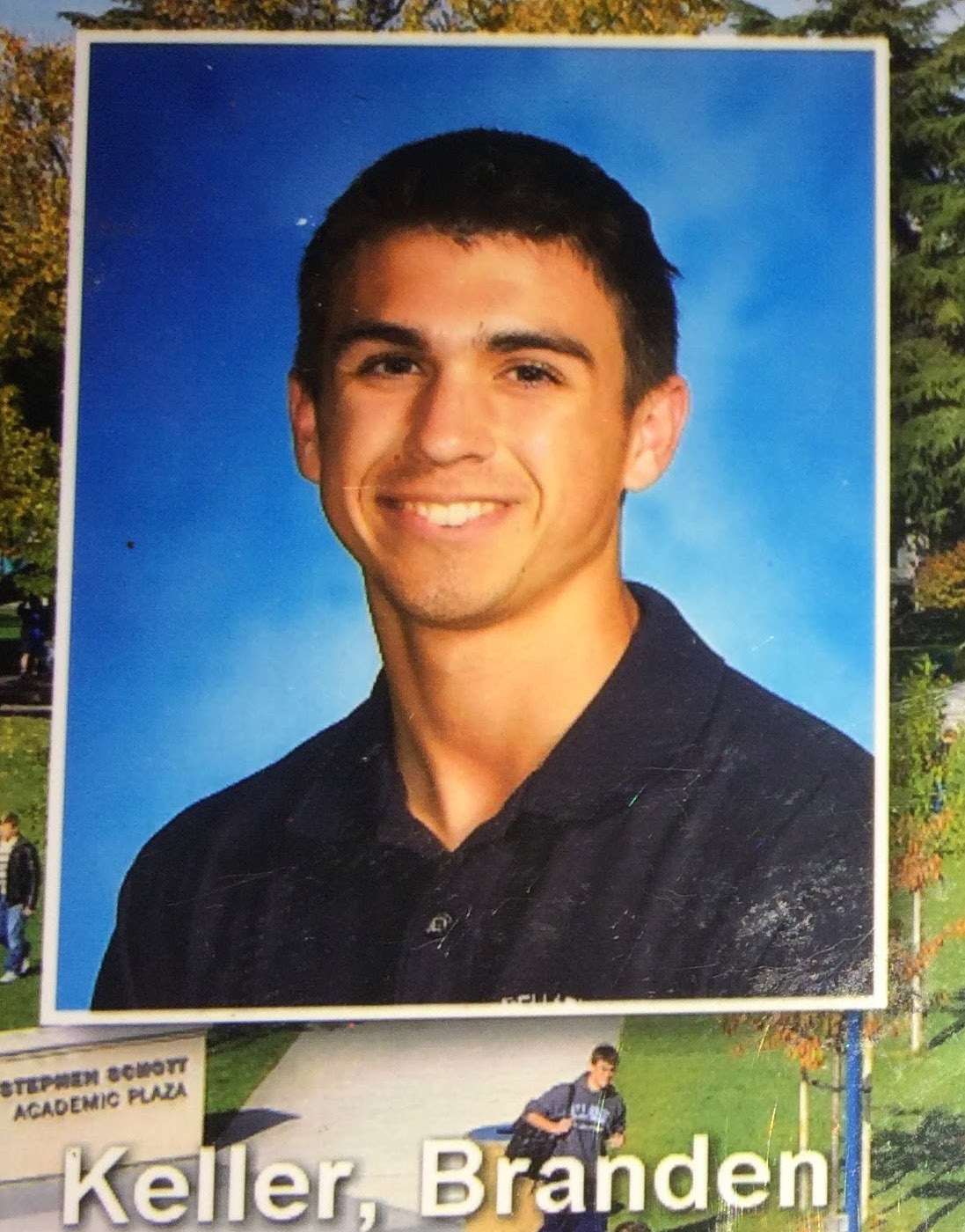
#13 – Senior Year, the continuation – 10.11.17
It was my last chance to fix what I did. It was my last year, senior year to do something or else I would be going to a JC school or no college at all. Going into senior year, I had roughly a 2.9ish overall weighted GPA. Again, I’m playing Varsity Football and was now doing Track. At this point, everyone had lost all hope and expected little of me. They would settle for me simply going through the motions at this point.
Senior year… what am I going to do. DO IT FOR YOU. This became my motto. I also lost hope in myself during junior year and now I had to change that. I was going to prove to myself of my true potential, proving to myself that I could do it. I’m going to grind hard through this semester. Not for all the teachers whose classes I barely made it by in, not my mom, not my grandparents, not the rest of my family, nor my friends, peers, and classmates, but for ME! I couldn’t’ve cared less for what other people thought. And frankly, I don’t even think anyone cared that much about how successful I was being. I challenged myself to put out as much possible effort and energy towards proving my true potential. As a result,…
I finished the first semester of senior year with a 3.8 GPA.
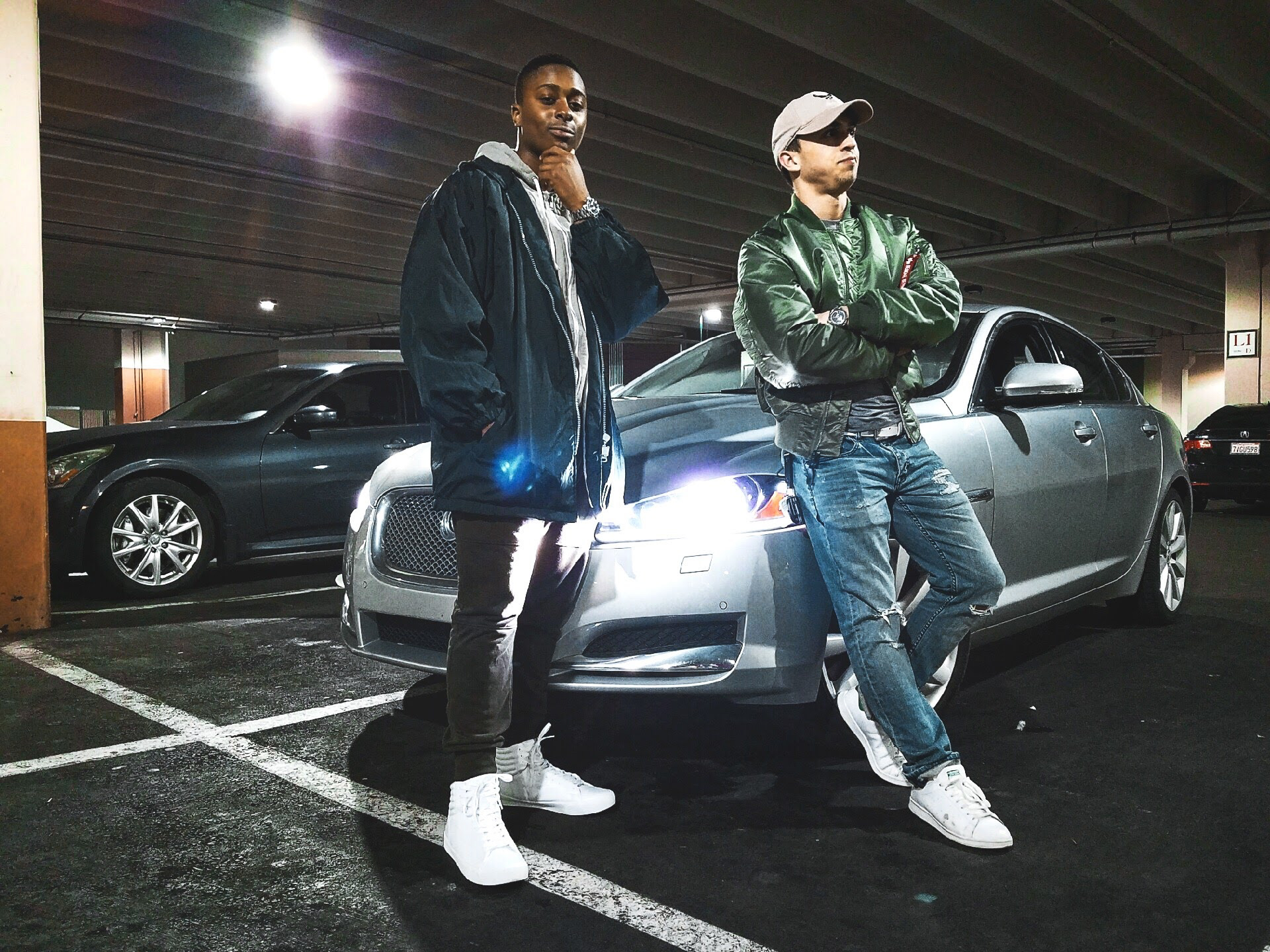
#14 – History – 10.16.17
This is a short description about the upbringing of photography and its impact on society today.
The camera has a big influence on the way we interact with people today through a variety of different ways; through connectivity (i.e. social media), advertisements, movies, photographs, etc.
An art form invented in 1830s which became publicly recognized nearly a decade later because of the great contributors, George Eastman and Alexander Wolcott. Now, photography has become a huge part of everybody’s lives. Photography is said to be the largest growing hobby in the world, which makes itself a multi-billion-dollar industry. The very first picture ever taken was by the French inventor Joseph Niepce in the year of 1825. Then nearly 4 decades later, the first colored photo was taken. Then the first commercial camera available for the middle class was the Kodak Brownie, introduced in 1901. Photography was first used to aid in artists’ drawings, but later, it became a propaganda element. It also evolved to be used in promotions and advertisements.
The camera is part of everyday life, from using it to take selfies for social media, to family photos and magazine covers. Today, people may not realize it but the camera may be one of the most used items. Cameras are used for practically everything and essentially makes the world and the economy go ‘round. Things it’s used for include: advertising, marketing, surveillance cameras, commercials, used in scientific fields, movies/television, and much more. Nearly everyone carries around a camera… their phones. The camera is one of the major components of a modern-day cell-phone. One of the most noticeable changes the camera has had on people is at concerts and sporting events. Go to a concert and you'll be swarmed with a forest of arms holding up cameras. At a sports game at night, you will see thousands of little camera flashes. Because of the modernization of the camera, it provides thousands of job opportunities and some people are now photography hobbyists now which wouldn’t be as common if the camera wasn’t mainstreamed and fully assessable to all.
#15 – The “Real” Beginning – 10.18.17
I posted my first picture on a photography Instagram account in December 2015. It wasn’t until August 2016 when I got my camera. During this time, I wasn’t taking pictures and making videos as much as I probably wanted to. Not just taking pictures, but taking quality ones too. It wasn’t until October 2016 (nearly exactly a year ago from today) that my photography really sparked to life and gained momentum.
There was this class called Counterculture. I took this class as a first semester senior. This class was stacked with homies; a great crowd of people. Also, my greatest friend was in this class and it ended up being one of my favorite classes ever. It was October, we got assigned this photography project. Besides the fact that we had to take pictures, it doesn’t matter what the guidelines for this was. Being from San Jose and my buddy from Morgan Hill, we explored Morgan Hill junkyards and tripped over to San Juan Bautista to visit the mission. I had, for the most part, been taking pictures inside and that was all. I was finally outside again exploring places and shooting stuff that was actually interesting and not completely boring.
This is the beginning. This is how it all truly started, looking at it from today.
This is what really got me going. If it wasn’t for this class and my friend, I don’t think I’d be where I am today. “Where I am today”, meaning unlike before, I’m always taking my camera out with me, try making movies regularity, I plan photo trips, and go shooting often.
“Everything happens for a reason.”
Below are the pictures I submitted for my project.
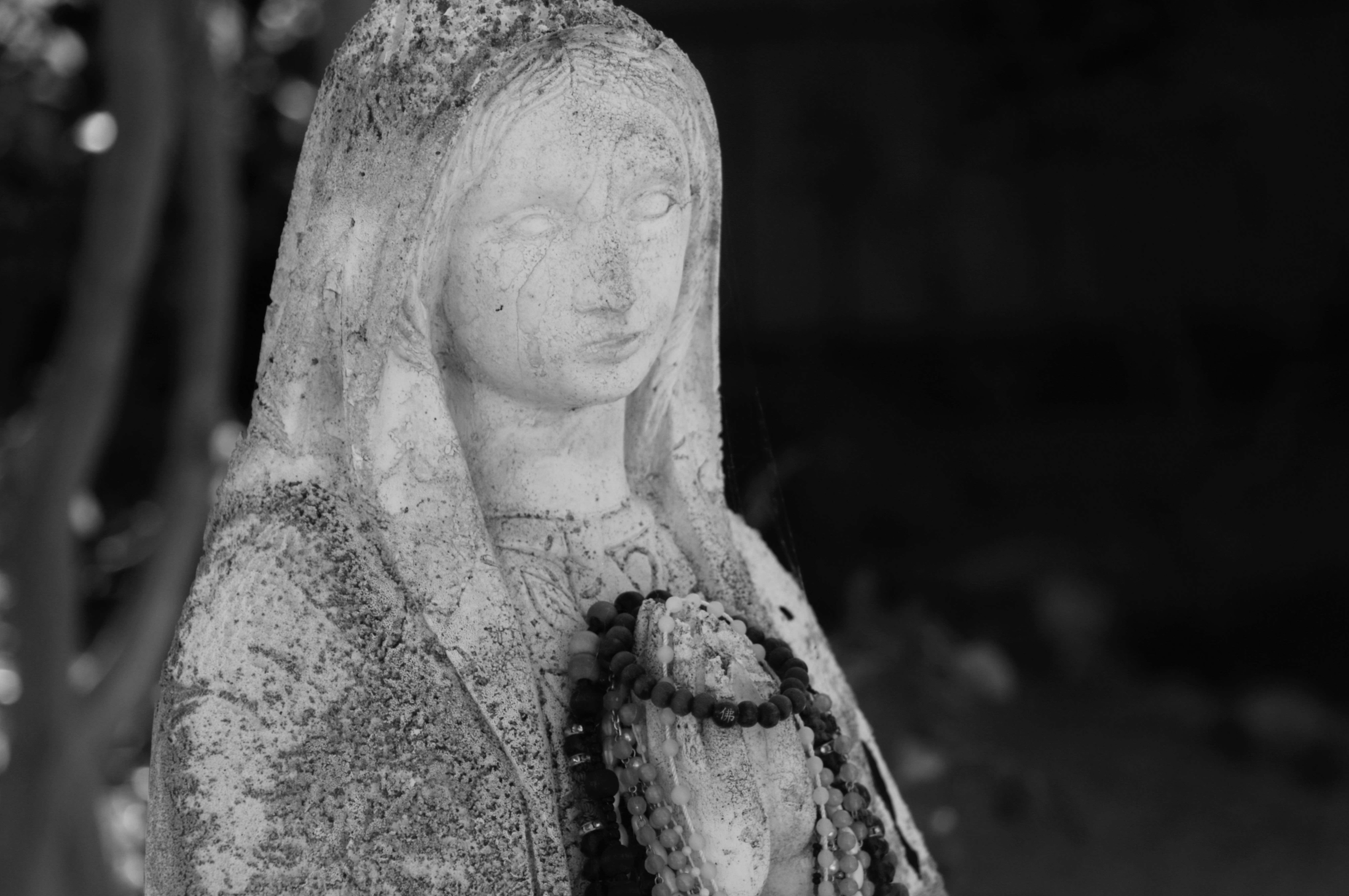
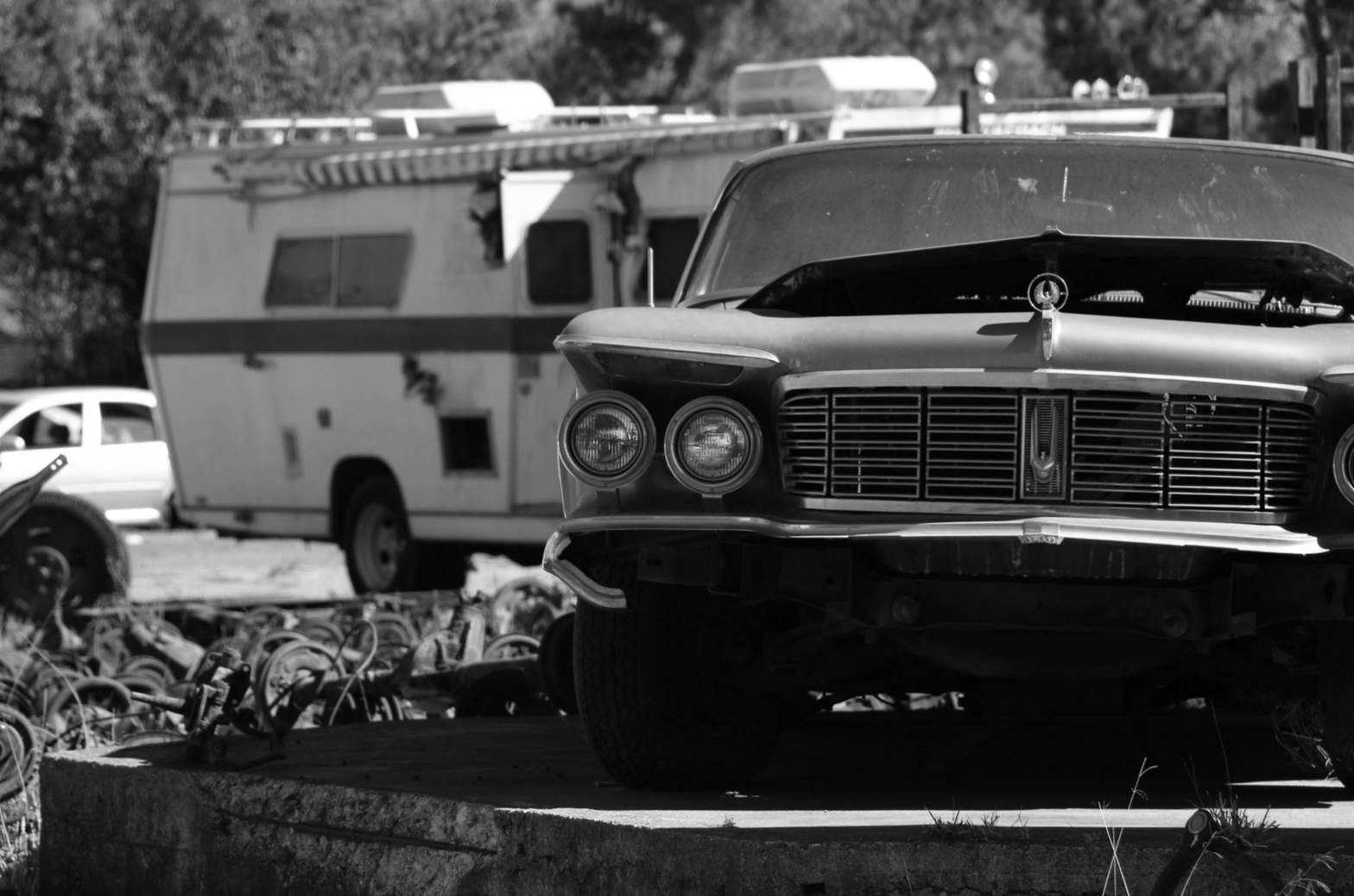

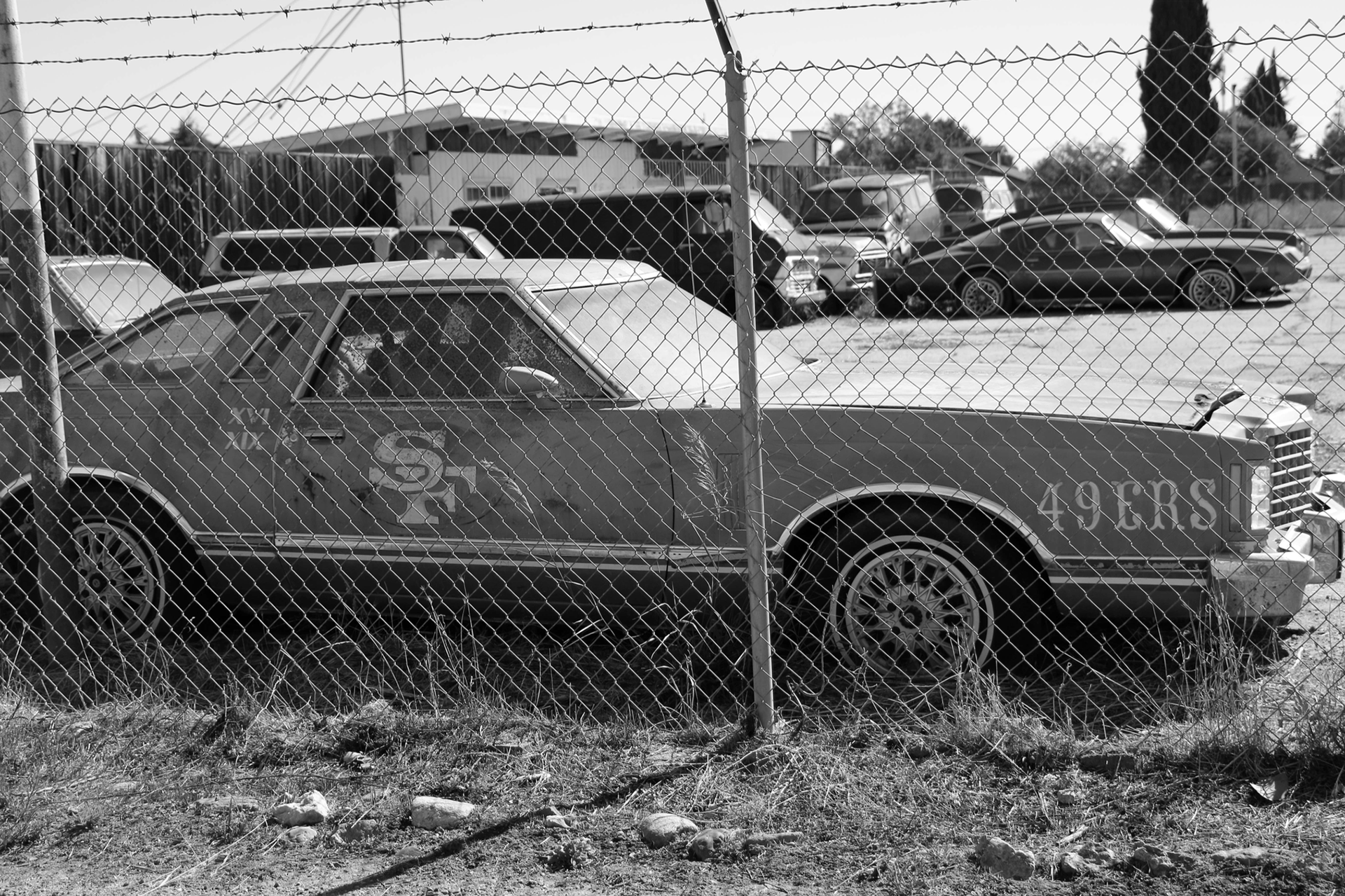


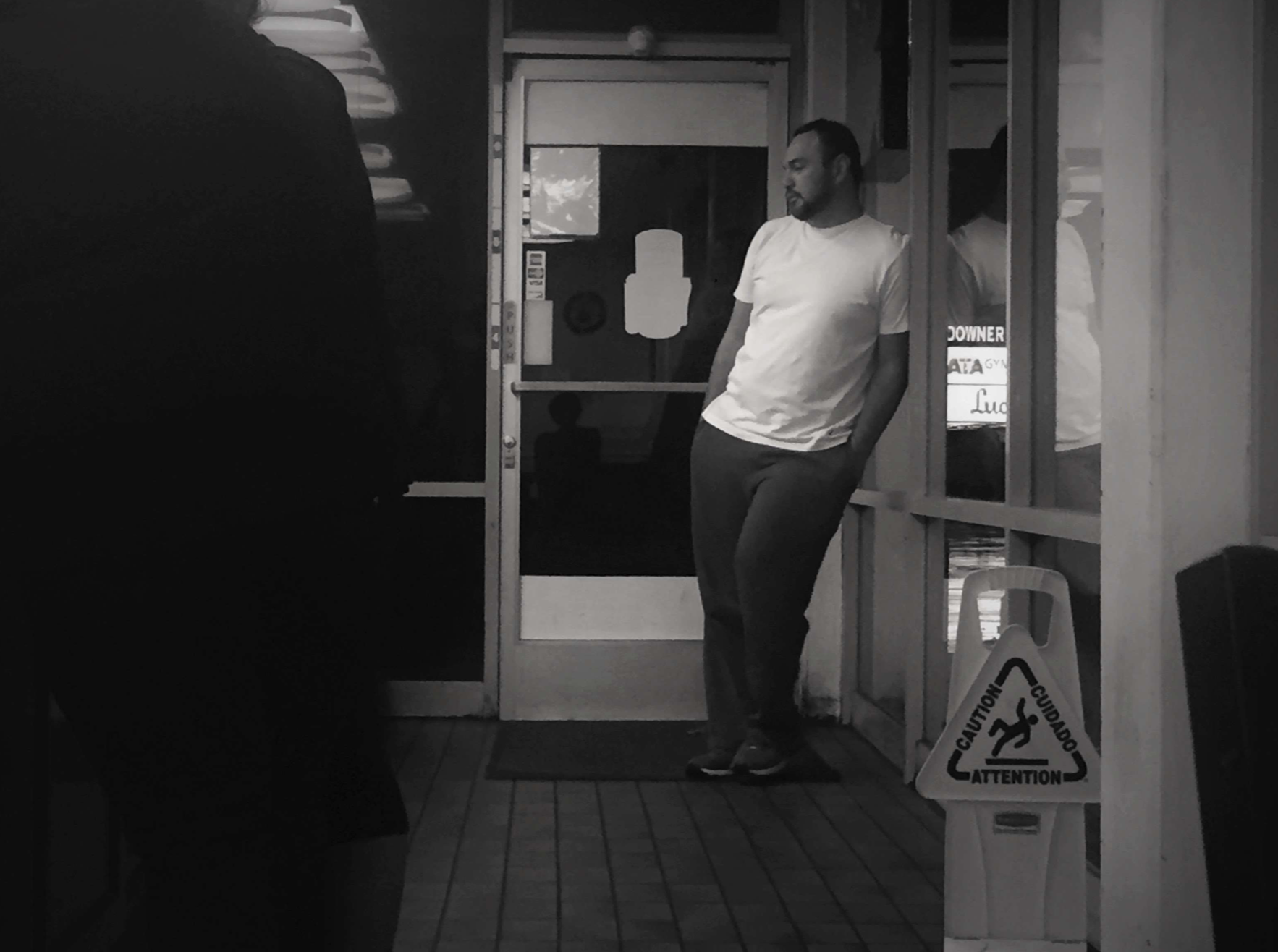
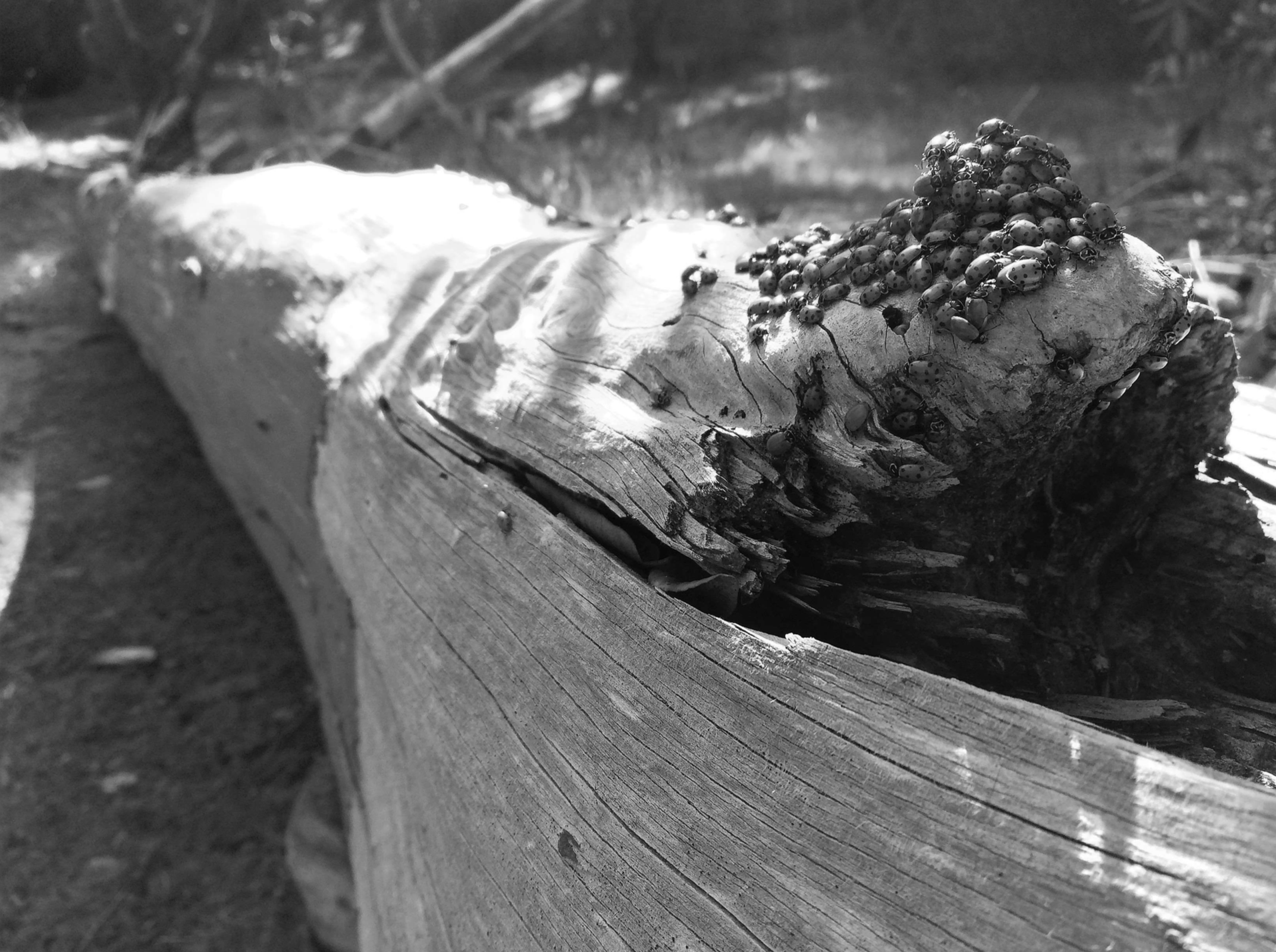
#16 – Random Thoughts – 10.29.17
The camera is the most powerful “voice” in the world because of its ability to capture and save moments in time, from the past to present time, and it is because of this that it has shaped and changed every aspect of our experience in the world. There is no doubt that photography and the use of cameras has impacted the way we live our lives, and millennials and those born after 1999 have been highly exposed to cameras. Cameras have the ability to capture moments in current time and from there, those can be shared with others or even saved for the future. Photography has changed and affected nearly every part of our lives: what we see, what we want, what we do, what we remember, and where we go.
From the very beginning, cameras have been getting better from their ease of use, to their accessibility for the average person, and also its effectiveness and efficiency. They have been mainstreamed and are found in nearly all modern-day cell phones today. Cameras are used to create and capture art and share messages to people. They are so powerful and it is how the economy runs, based on companies’ dependency from modern-day advertising and marketing.
Camera is life.
Canon 70D
EF-S 18-135mm f/3.5-5.6 IS STM
ISO 200 102mm f/6.3 1/1600 sec
“Fisherman in Yellow”
This was taken in San Francisco.
#17 – Last Blog #sad– 11.04.17
This is my last blog post, #sad. It’s been fun doing these blogs and I’ve also been adding them to my photography website. I feel like I’ve benefited from these as they have “forced” me to discover more about photography than I would’ve ever thought.
So, on that note, I’ll share this last bit of information I found while researching for these blogs.
The first digital camera that was actually created in 1975 by Steve Sasson, an employee at the Eastman Kodak Company.
The first digital camera of any kind ever sold commercially was the MegaVision Tessera in 1987, however, there is no extensive documentation of sales for it. The Fujix DS-1P by Fugi was revealed at a 1988 Photokina event in Köln, Germany. This camera was not available for the consumer market, but its successor was. The Fujix DS-1P’s successor, the Fujix DS-X was the first portable digital camera that was marketed commercially. Sales of this began in Japan in December 1989. Then the first commercial digital camera available in the U.S. was the Dycam Model 1, which started shipments in November 1990.
Fun fact: Did you know that Apple even created a camera called the QuickTake 200. There are tons of Apple products you probably never knew existed, including a printer and massager-pad (not an iPad). Apple was my favorite company growing up and it still is today.
Canon 70D
EF-S 18-135mm f/3.5-5.6 IS STM
ISO 100 18mm f/7.1 1/640 sec
“Destroyed Warehouse + Hills”
Me and my buddy Sevor stopped by here on our “last” trip together before going off to college.
